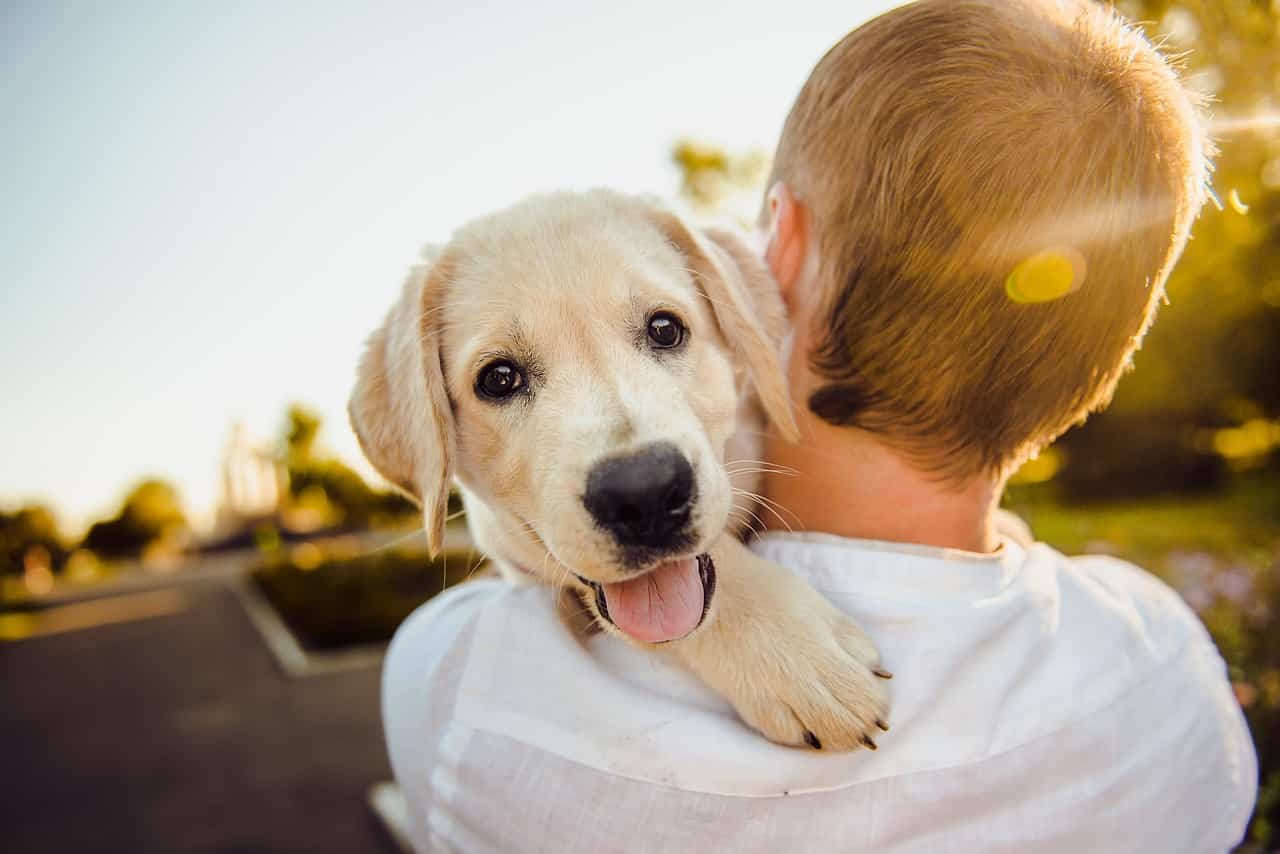Modern dog breeds have a relatively larger brain size compared to ancient breeds that have existed for thousands of years, according to a new study. The increase in brain size wasn’t linked to the roles or temperaments of the breeds, the researchers said, suggesting that it’s influenced by urbanization and a complex social environment.

Dogs were domesticated from a now-extinct line of the grey wolf (Canis lupus) at least 15,000 years ago and were used for many different purposes, from protecting people to guarding herds. Over 400 dog breeds have been described since their domestication, and modern dog breeds are very variable in size, shape, and behavior.
Scientists have always been intrigued by the factors influencing brain size, particularly because the human brain is remarkably large relative to body size. Examining different dog breeds can provide insights and answers to some of these questions, such as whether there’s a link between brain size and the tasks for which a breed is selected.
“Different dog breeds live in varying levels of social complexity and perform complex tasks, which likely require a larger brain capacity,” Niclas Kolm, study author, said in a statement. “Selective pressures on the brain can vary within the dog species, and we may find differences in brain size among breeds based on the tasks they perform.”
How did this happen?
László Zsolt Garamszegi, an evolutionary biologist at the Ecological Research Centre in Hungary, has been studying the evolution of brain size for a long time. He said the brains of domesticated animals are usually smaller than those of their wild ancestors. They have simpler lives and no need to sustain an energetically costly large brain, he added.
Together with researchers from Sweden and Hungary, Zsolt Garamszegi did CT scans of the skulls of over 800 wolves and dogs to determine the exact volume of their brains. This showed that wolves have an average brain volume of 131 cm3, associated with an average overall animal mass of 31 kilograms. Meanwhile, dogs of similar weight have a brain of 100 cm3.
This confirmed that domestication has led to a decrease in brain size in dogs, the researchers said. However, what was even more surprising is that the further a dog breed is genetically distant from wolves, the larger the brain size becomes. Contrary to expectations, the original role that these breeds were selected for — whether it is hunting, protection, or companionship — is independent of the brain size, they said.
“Breeding of modern dog breeds has been accompanied by an increase in brain size compared to ancient breeds,” Enikő Kubinyi, study author, said in a statement. “Perhaps the more complex social environment, urbanization, and adaptation to more rules and expectations have caused this change, affecting all modern breeds.”
The study was published in the International Journal of Organic Evolution.






